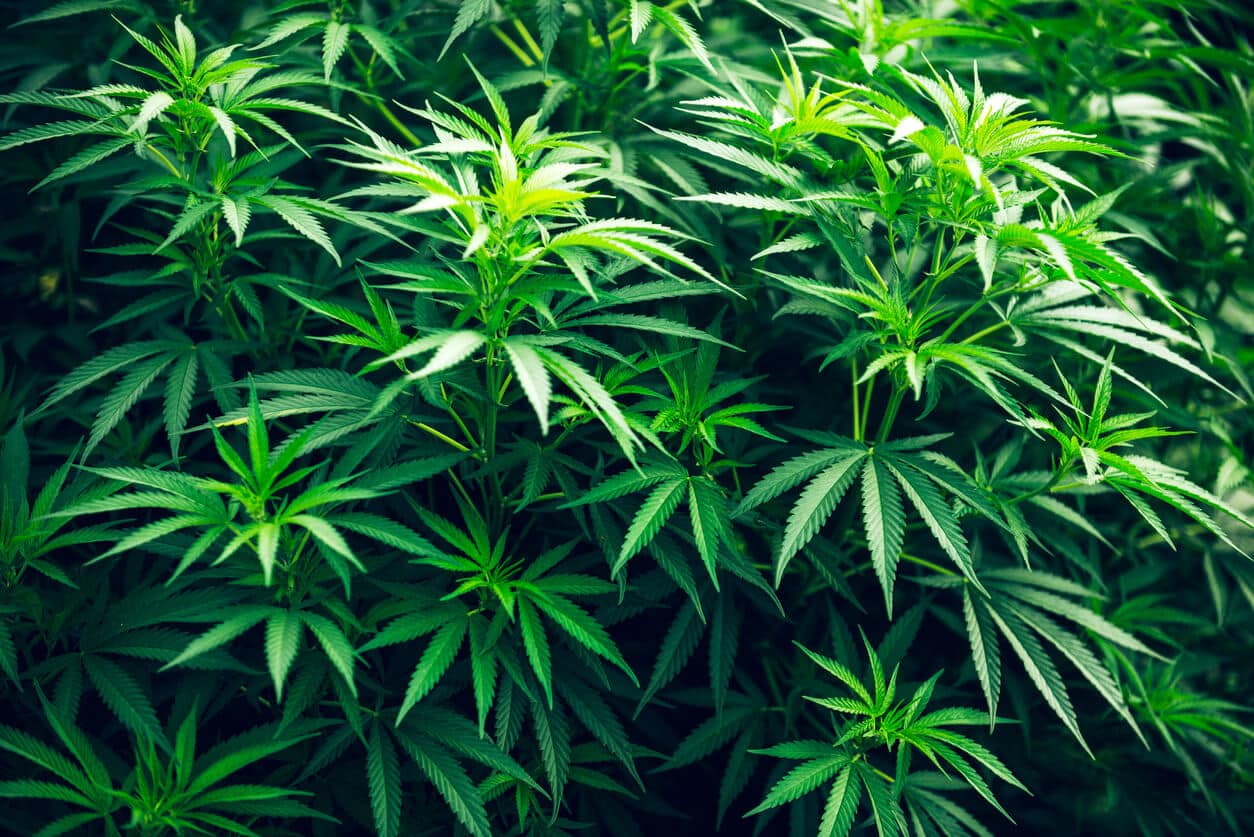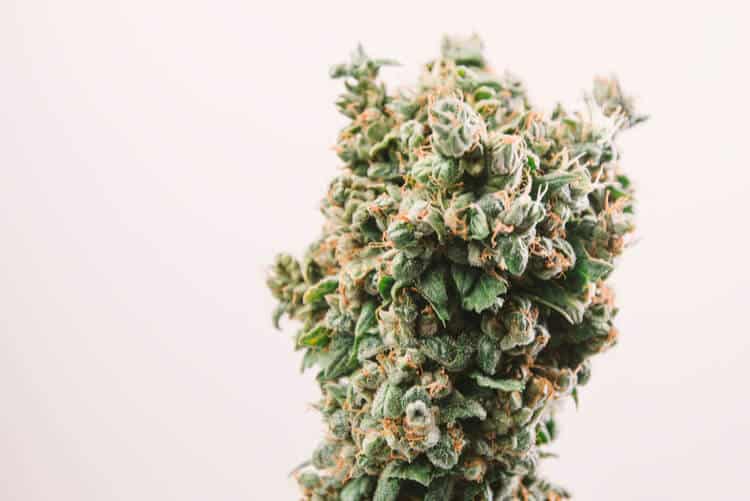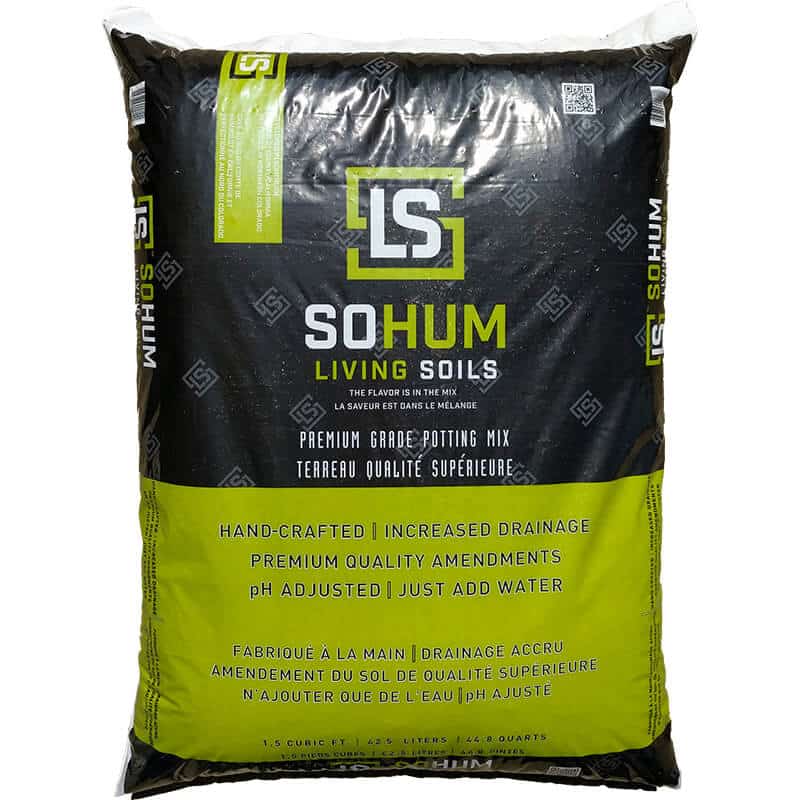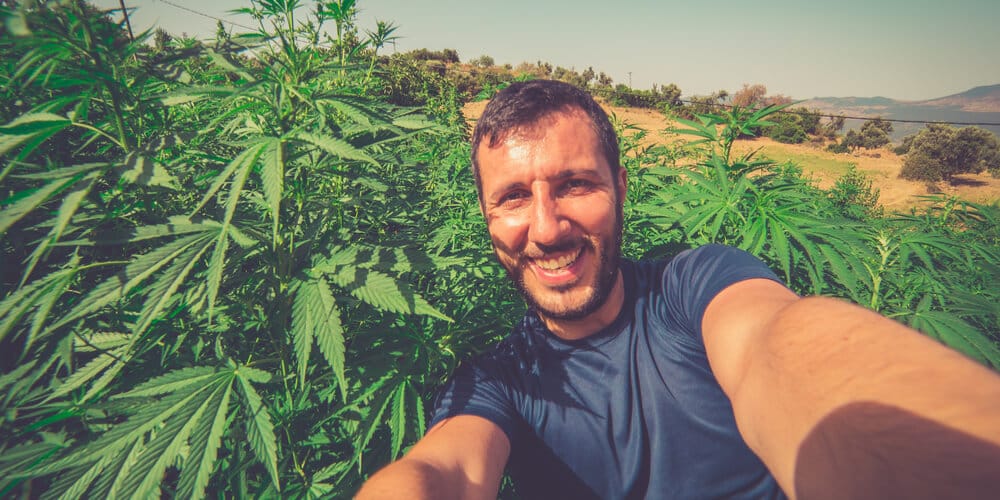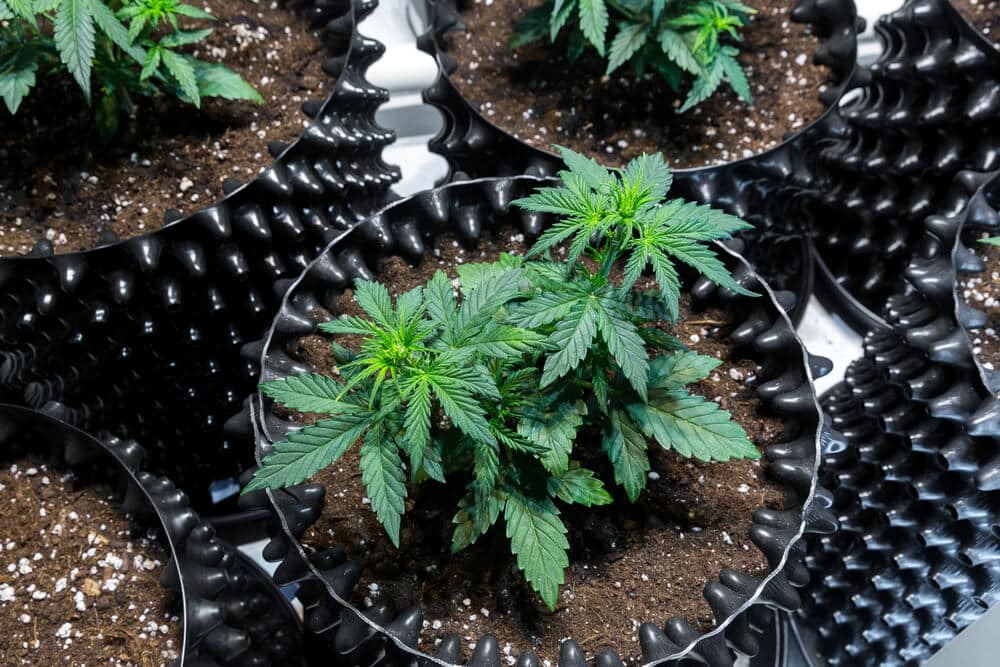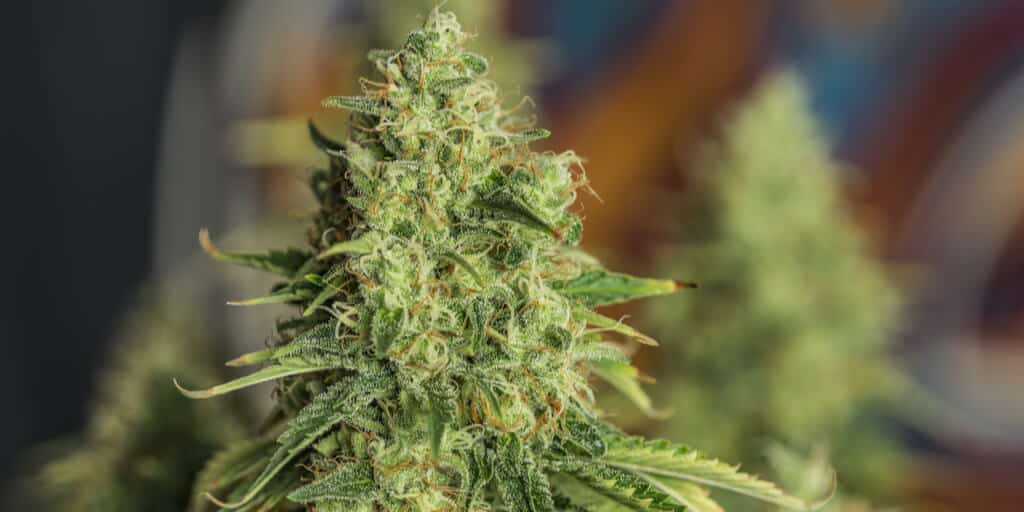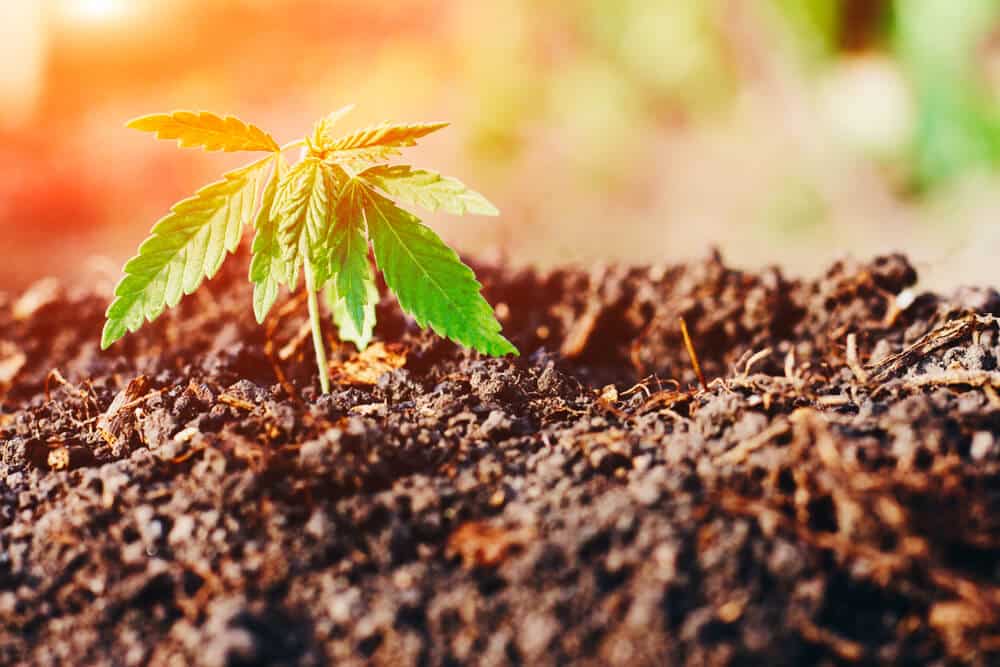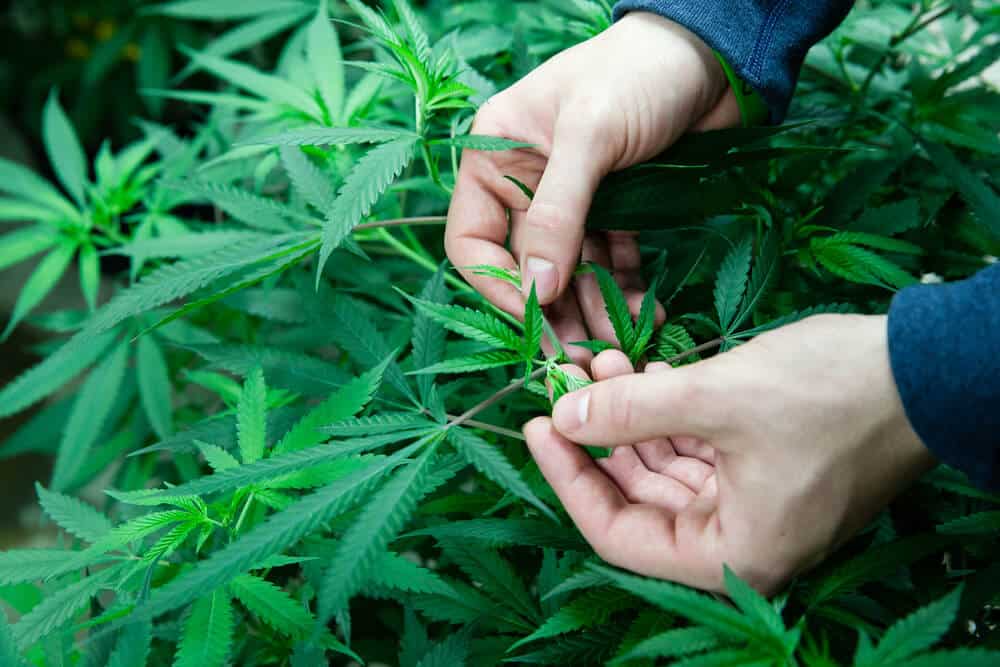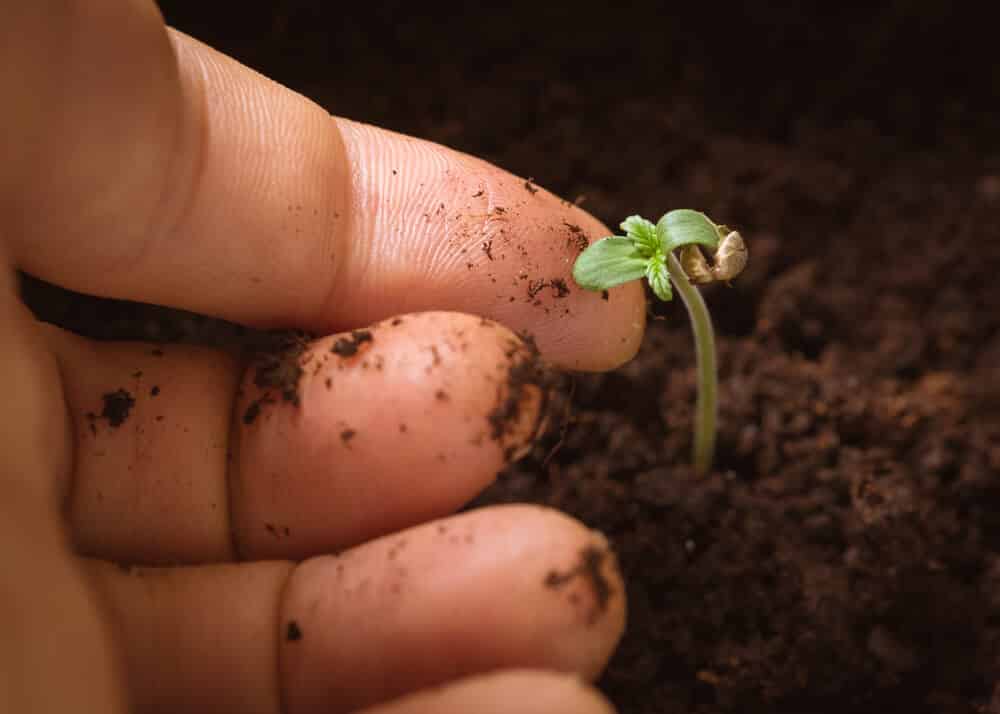Cannabis cultivation is one of the oldest farming trends in human history. Many states now have laws on the books allowing individuals to cultivate cannabis crops. New growers will have to decide whether indoor or outdoor cannabis growing is the path they wish to pursue. Finding success with initial crop yield becomes easier when there is an understanding of the challenges presented by both methods.
Indoor Cannabis Growing Challenges
Cultivating cannabis crops indoors allows growers to shield their product from the outside world while maintaining full control of the environment. That control makes farmers fully responsible for everything related to their cannabis plants. The grower assumes responsibility for adding needed elements to the environment and making sure nothing harmful intrudes into the indoor space.
Proper Set-Up
The first thing indoor farmers need to think about is how they are going to house their plants. The size of the initial set-up does not matter. New growers may want to think carefully about going too large too fast. Starting with a small plot allows room to experiment with the methods used for cultivation.
Farmers need to make sure that the space they start with has room for equipment like ducts, fans, and other items required to keep the environment optimal for cannabis farming. Many new growers underestimate how large their plants will get and do not leave enough room for everything. They may also fail to do enough to block out light during needed dark periods. That can end up disrupting a cannabis plant’s growth cycle and cause the creation of male flowers.
Battling Root Rot
Many growers use deep water culture as their indoor cannabis growing system. While using this method can promote faster growth, farmers need to be careful about monitoring the roots of their plants. Failing to change out the water in the reservoir regularly can lead to root rot and end up ruining the entire crop. Consider using living soil in your cultivation
Getting Your Soil Mixture Right
Finding the best soil for an indoor growth system is an essential part of establishing a crop. It is an easy process to pick up and is more forgiving of human errors like going too heavy on nutrients.
However, farmers need to be careful not to allow the soil to get overly dry. They may also not realize the importance of doing pH checks on the water fed into the soil.
Outdoor Cannabis Growing Challenges
Growing cannabis outdoors allows nature to assist in providing cannabis plants with much-needed nutrients in the soil. The trade-off for that is the control given up by farmers who must be prepared to continually adapt to environmental changes.
Soil Preparation
Building up a quality base soil is key to getting a successful outdoor cannabis crop established. Many growers find it tempting to use Miracle Grow or other similar products. Plants end up getting deprived of much-needed nitrogen during vegetation and end up getting too much during the flowering period.
Cannabis growers should also be careful about overwatering their crops. Many make the mistake of failing to check the pH or may cycle in nutrients too frequently or unnecessarily.
Dealing With Pests
Outdoor cannabis plants are more susceptible to infestation from pests like caterpillars, spider mites, and grasshoppers. There is also the threat of fungus flies consuming your root system. Birds can drop in and eat new seeds before they have a chance to become established. Farmers who do end up with a flowering crop must then deal with animals like deer who may want to snack on the plants.
Surviving the Weather
Growing cannabis plants outdoors means placing a crop entirely at the mercy of mother nature. Dry weather, rainstorms, and other conditions can end up wiping out an entire field, costing farmers all the time, money, and effort put in up to that point.
Challenges for Both Methods
While indoor and outdoor cannabis cultivation each have unique problems, there are some issues farmers will run into using either method.
Complying With Regulations
Remember, while the laws in a state may make cannabis growing legal, doing so remains illegal per the federal government. Farmers also need to make sure their crop setup complies with local and state laws established around cannabis growing. New growers who fail to do their homework could end up having their entire crop confiscated and face some severe fines depending on where they live.
Controlling Odor
Some strains of cannabis can produce a very pungent odor into the air. That scent may not be something appreciated by everyone living in the area. Farmers can get into trouble if they live in a town or city with strict regulation around controlling the odor from cannabis cultivation. Growers need to have reserves on hand to purchase filtering systems or other devices meant to control the smell.
Establishing Solid Operating Standards
It is essential for growers to set down and follow standards to follow on cannabis crop cultivation. Many new farmers do not bother to schedule and document when they perform specific tasks like watering and nutrient cycling. That causes them to get thrown off-track and do either too much or too little to contribute to the viability of their cannabis crop.
Get Expert Help With Your Soil
Are you having some trouble finding the right soil for your cannabis farm? SoHum Living Soil® takes a lot of the guesswork out of maintaining soil for indoor and outdoor cannabis growers. Call today at (866) 308-0750 to discuss how we can help you achieve your desired cannabis crop results.





